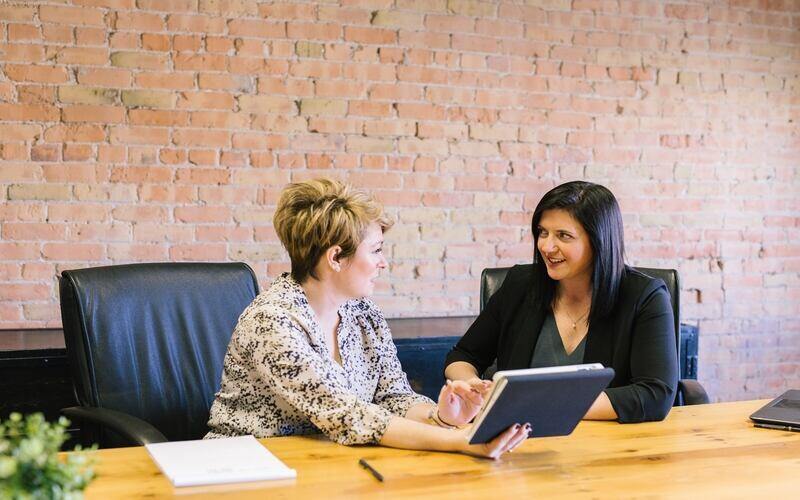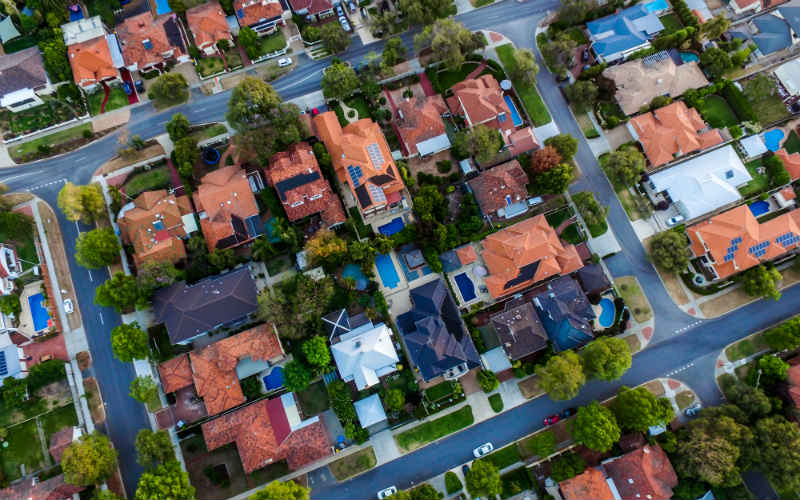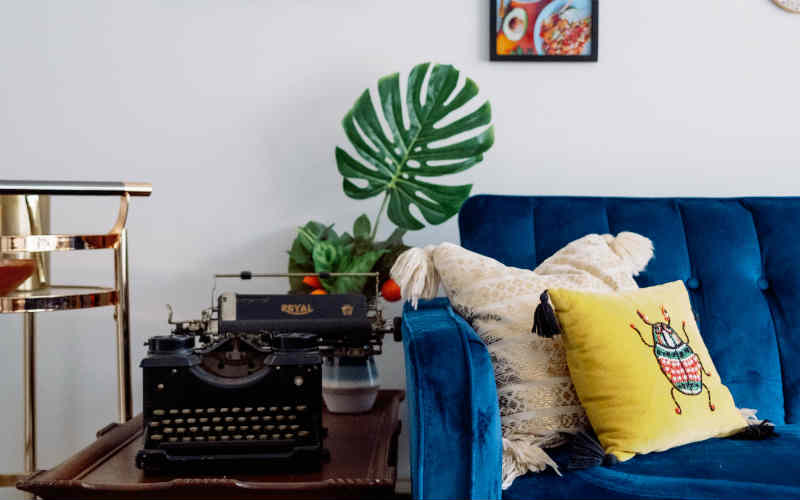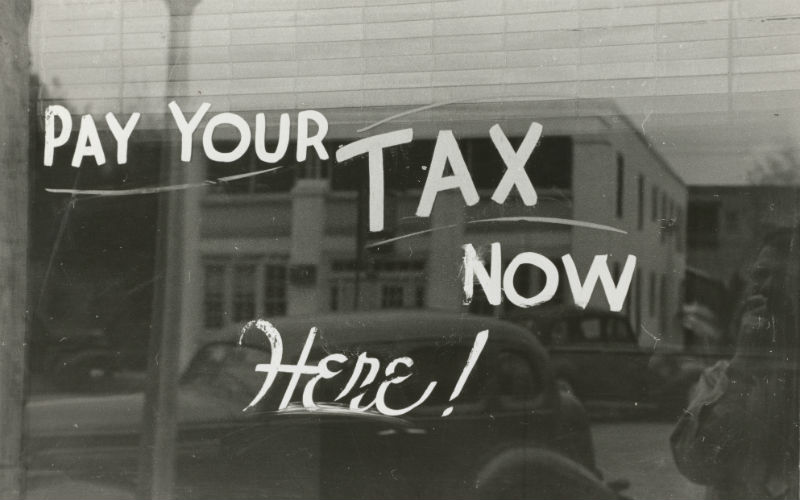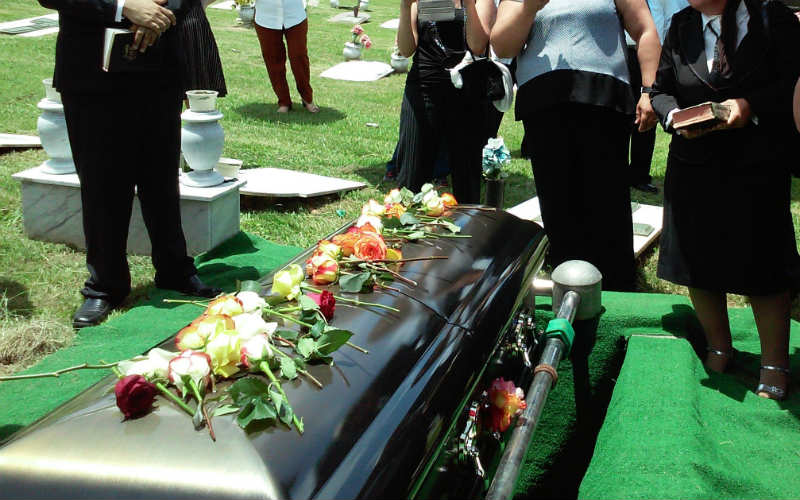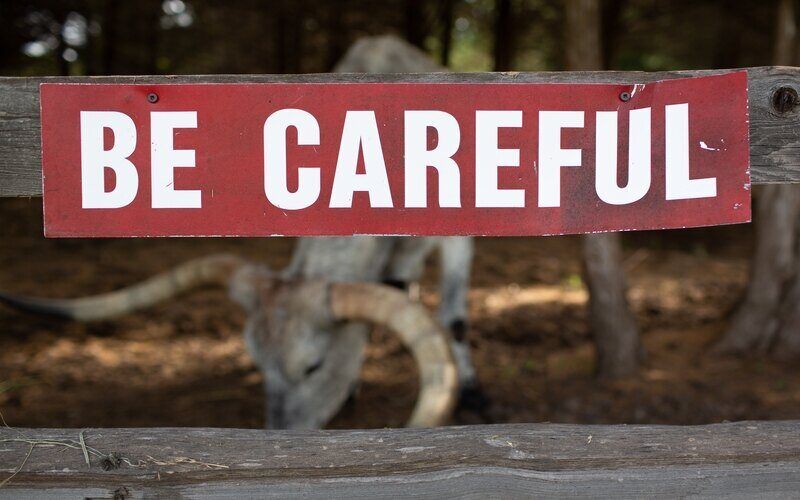This feeling has a name. It's called 'rental stress'. The Australian Bureau of Statistics (ABS) defines rental stress as having to spend more than one-third – or 30% – of your gross income on rent.
How much should you spend on rent?
The first step in deciding how much you should spend on rent is deciphering how much you can afford. You can do this by finding a fixed income-to-rent ratio. In other words, the percentage of your net income (after tax) that must go towards your rent.
While there's no hard and fast rule on how much you should spend on rent, the sweet spot is generally 25% of your income and, ideally, no more than 30%. Spending more than 30% of your income on rent is considered an indication of housing stress.
No matter which way you cut it, rent is going to be one of your biggest expenses. Research by CoreLogic in 2023 found Sydney to be the most unaffordable city for renters in Australia, while Adelaide came in the cheapest.
According to the ABS weekly earnings data (November 2023), the average weekly income of an adult working full-time in NSW is $1,891.40 (or $98,352 a year) while the latest figures from CoreLogic (December 2023) put the median dwelling rental in Sydney at $745. While comparing averages and medians isn’t a perfect science, the figures suggest rent consumes nearly 40% of a typical Sydney renter's gross income.
In Victoria, with average full-time weekly incomes of $1,858.10 ($93,282.80 a year) and median Melbourne rental of $565 a week, rent takes up over 30% of a renter's gross income.
Savings.com.au calculated the percentage of income spent on rent for Australian capital cities using most recent data from the ABS (November 2023) and CoreLogic (December quarter, 2023):
|
State |
Average Weekly Income |
Median Weekly Rent (in capital cities) |
Proportion of Income Spent on Rent (%) |
|---|---|---|---|
|
NSW |
$1,891.40 |
$745 |
39.39% |
|
VIC |
$1,858.10 |
$565 |
30.41% |
|
QLD |
$1,844.70 |
$627 |
33.99% |
|
SA |
$1,735.40 |
$565 |
32.56% |
|
WA |
$2,107.70 |
$630 |
29.89% |
|
TAS |
$1,670.00 |
$535 |
32.04% |
|
NT |
$1,832.80 |
$611 |
33.34% |
|
ACT |
$2,087.60 |
$651 |
31.18% |
Data sources: ABS Average Weekly Earnings (November 2023), CoreLogic Quarterly Rent Review (December 2023)
Of course, those figures don't really tell us anything about the types of properties people choose to rent or anything about their rental arrangements – each person is unique.
How much money to spend on rent also depends on whether you're sharing a rental property with flatmates, the type of property, and its location. Renting a two-bedroom apartment in an exclusive inner-city suburb is obviously going to cost a lot more than renting somewhere, say, a 20 minute drive out of town or sharing the same property with a flatmate.
Rental stress
A recent report from CoreLogic and ANZ found increasing demand for rentals has pushed the average renter into rental stress, with low-income renters forking out more than half their income on rent. Across the board, renters are typically spending 30.8% of their income on housing – almost a 10-year high.
According to the Infochoice Rental Crisis Survey, 70% of tenants are paying more than 30% of their income in rent. In every state/territory except the NT, more tenants were in rent stress than not.
This was the breakdown by state:
|
Australia |
NSW |
VIC |
QLD |
WA |
SA |
TAS |
ACT |
NT |
|
|---|---|---|---|---|---|---|---|---|---|
|
Over 30% of income on rent |
69.9% |
71.6% |
69.6% |
73.3% |
70.7% |
67.2% |
76.8% |
63.9% |
47.8% |
|
Under |
30.1% |
28.4% |
30.4% |
26.7% |
29.3% |
32.8% |
23.2% |
36.1% |
52.2% |
Getting the most out of the 30% income-to-rent rule of thumb
We all know rent can be expensive. For most of us, housing costs are just a necessary evil – unless you plan on living at home with your parents, paying minimal board forever.
But that doesn't mean you have to spend exorbitant amounts on rent each week. So, how much should you be spending and how can you save money on rent?
If you're renting with a partner, use your combined net income to guide you when finding an appropriate rental cost. If you're renting with flatmates in a share house, only apply the 25% rule to your portion of the rent. Sharing a roof can make it much easier to achieve a targeted spend of around 25% of your income on rent.
Of course, the 25% to 30% rule won't work for everyone. If you're on a low income, it may not be possible to find rental accommodation that is less than 30% of your income.
For example, a Universities Australia survey from 2017 found the average undergraduate student in Australian earned $358 per week. Using the RBA inflation calculator, that works out to be roughly $432.87 in 2023. That means students need to be paying $108.2 in rent each week to be paying 25% of income. Finding a rental that cheap is near impossible in most capital cities, particularly given the current rental crisis. Even if they upped it to 30% of their income, they’d still be looking for a rental offered at $129.86 a week.
According to a cost of living calculator on the Australian Government’s Study Australia website, a student living in an inner-city share house in Australia can expect to face a weekly rent of between $214 (Perth) and $292 (Sydney). It would be extremely difficult for a student in such a position to spend less than 30% of their income on rent.
How to calculate your rent
This is very simple. Just take the amount that goes into your bank account each week (if you don’t get paid weekly, divide your take-home pay by the number of weeks in your pay-cycle) and plug those numbers into a calculator as follows:
Weekly pay x 0.25 = target weekly rent
For example, someone earning $1,000 a week with the intent to pay 25% of that on rent would enter this sum: 1,000 x 0.25 = 250. Thus, they would be hoping to spend $250 a week – or less – on rent.
This calculation also works in reverse.
If you're earning $1,000 per week and paying $450 per week in rent, you could work out what portion of your wage goes towards housing with this sum:
$450 / $1,000 = 0.45
Our figurative renter earning $1,000 a week and paying $450 a week in rent is spending 45% of their income on rent. Ouch.
The 50/30/20 guideline
There are a few other considerations you should factor in when deciding on your rental budget. Costs associated with utilities, such as gas, water, electricity, and internet, all need to be factored in as well. If utilities are included in your rent, you may be able to justify paying slightly more rent.
The 50/30/20 budgeting model can be helpful if you're trying to work out how much to spend on rent while factoring in all the other costs of living. Under this model, 50% of your income goes towards needs and necessities (rent, bills, transportation, groceries, insurance, etc), 30% goes towards wants like entertainment, eating out, travel, and shopping, and 20% goes towards savings or paying off debt.
No more than 50% of your income should go towards essential expenses, which are the expenses you need to maintain the fundamentals of your life (your Netflix subscription doesn't count). How the 50% is divided up between your essentials will depend on your lifestyle – you might pay a higher-than-average rent but save money on electricity, transport, and groceries, or vice versa.
Case Study: Alexa
Alexa is 24 and working full time in her first job since graduating university. Her take-home pay per week (after tax) is $1,000.
Fixed costs (50%) $500
-
Rent: $300 a week – Alexa shares an apartment with a flatmate in the inner city.
-
Transport: $50 a week – Alexa catches the bus to and from work each day and gets the occasional Uber.
-
Bills: $20 a week
-
Groceries: $130 a week
Total: $500 or 50% of her take-home pay
Financial goals (20%)
Alexa puts $200 aside every week into her savings account as she's saving for a trip to Japan next year.
Wants (30%)
Alexa now has $300 each week to spend on whatever she likes (usually plants for her apartment, wine, and fancy cheese).
Financial goals (20%)
Alexa puts $200 aside every week into her savings account as she's saving up for a trip to Japan next year.
How to save money on rent
If you think you're spending too much of your income on rent, there are a number of ways you can lower your rental expense to save money.
Get flatmates
Living alone definitely has its perks but it ain't cheap. Whether you enjoy living in a share house or not, doing so can save you a lot of money. According to data from realestate.com.au and flatmates.com.au, renters can save up to almost $16,000 a year simply by getting a flatmate.
If you’re considering renting a two-bed unit, you could feasibly halve your housing costs by getting a flatmate. And you wouldn’t be alone in doing so. More than 40% of share houses in 2022 were made up of two bedrooms, according to data from flatmates.com.au.
Generally, the more people live in a share house, the less weekly rent they each pay (of course, there are many exceptions to this rule). So, renting a room in a four bedroom share house, for instance, could work out even cheaper.
Such savings grow further when you factor in things like bills, which are often split equally between all those living in a share house. Lower rent and living expenses can also mean you're able to live in an area you wouldn't have otherwise been able to afford.
Just make sure you thoroughly vet potential housemates so you don’t wind up living with an axe-wielding murderer.
Downgrade
You can always live in a ritzy place once you can afford to, but if you're saving for the great Australian dream of owning your own home, you might be better off compromising on your short-term housing situation. That could mean renting a house that’s a little older, has a daggy bathroom straight from the '70s, or is miles away from where you would rather live. The reality is it's only temporary to get you to where you want to be.
Negotiate for lower rent
If you find an area or particular property you really like and can see yourself living there for a while, it may be worth negotiating a longer lease in return for a reduction in rent. Finding good tenants can be a painful process for landlords – it takes time and costs money, as vacancies mean they're losing rent. Committing to a longer lease may encourage them to knock a few dollars off the weekly rent.
Rent out your car spot
If you've got a car spot going unused, consider renting it out. The average person doing so brings in an extra $200 a month, according to carpark marketplace Spacer. Those extra dollars could be put towards your rent expense.
However, if you live in an apartment, it's wise to check with the body corporate first as there may be restrictions. For example, the car spot that comes with my apartment isn't being used at the moment as I don't have a car. But because it's a secure underground car park that requires a swipe pass, only residents are allowed access.
Take advantage of any extras
If you're comparing apartments, make sure to factor in any building amenities as well. You could save money on your gym membership if your apartment complex already has a gym, for example. Or, you might save on parking permits if your apartment comes with a car space.
Savings.com.au's two cents
With the cost of living rising and wages failing to keep up with inflation, it's becoming increasingly common for people to spend more of their incomes on rent. While spending between 25% to 30% of your income on rent is generally regarded as ideal, there's no hard and fast rule. Figuring out how much to spend on rent really depends on your personal financial situation and budget.
If renting is only a temporary step before you buy your first home, keeping your rental cost as low as possible should be your key priority.
Unlike a mortgage repayment, rent money is a pure cost without any 'forced savings' component. Spending any more than 30% of your income on rent can make it extremely hard to save for a house deposit. If you're struggling to pay your rent, it's time to review your budget and work out areas where you can save.
Article updated March 19 2024
First published on January 2022
Image by klublu via Adobe Stock



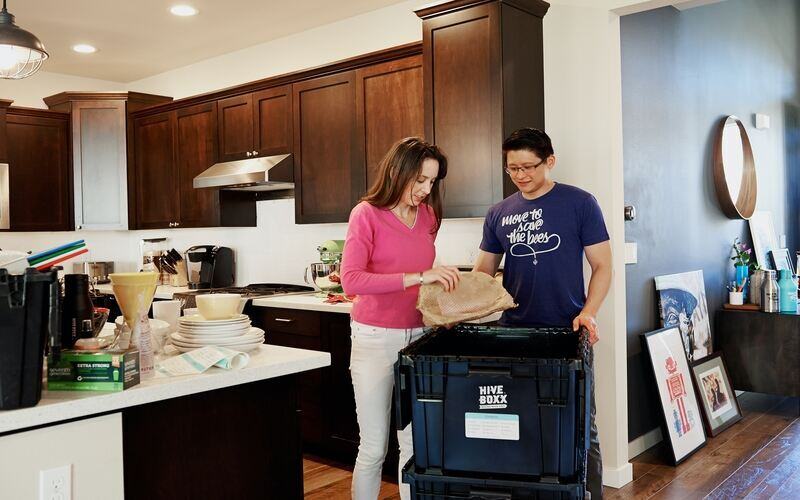
 William Jolly
William Jolly
 Harry O'Sullivan
Harry O'Sullivan





